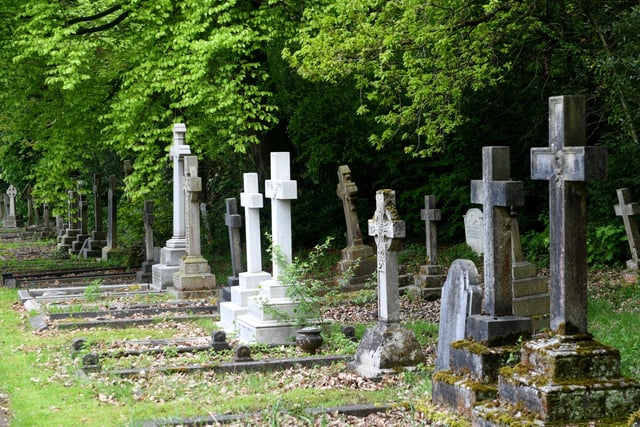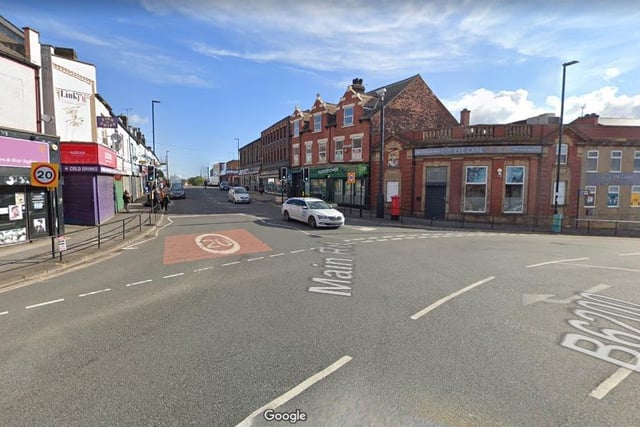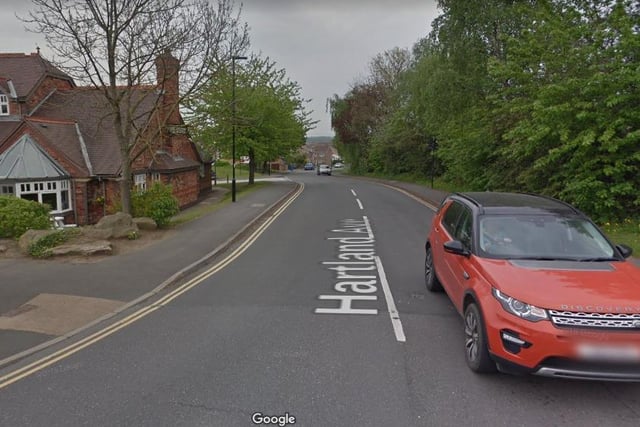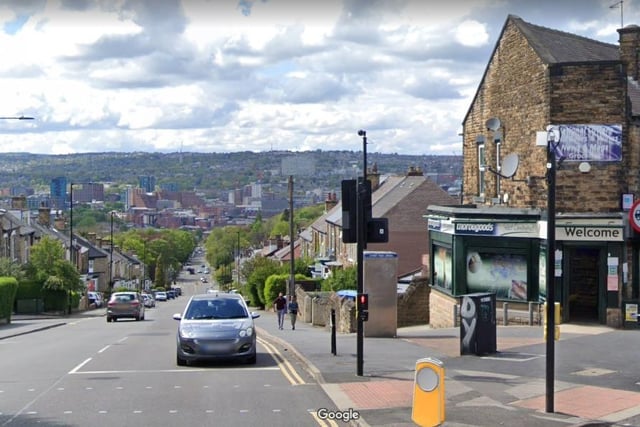Figures from the Office for National Statistics have calculated a figure for each part of Sheffield comparing the difference between how many people actually die and the number that would have been expected to die, based on their ages, and on all causes of death.
And they reveal the figure, described as a ‘standardised mortality ratio’ is more than three times as high in some parts of the city than others. The highest figure in any part of the city is 200.8. The lowest is just 68.
We have listed the highest figures, those areas where people are most likely to die, in a gallery below. It counts down from number 17, where the figure is 127.5, down to the highest figure at number one, where there is a figure of 200.8.
The figure is the ratio of observed deaths compared to expected deaths, and they are divided into areas known as Middle Layer Super Output Areas (MSOA) – a geographic area designed to improve the reporting of small area statistics in England and Wales.
The data is presented as a standardised mortality ratio, calculated by dividing the observed total deaths in the area (by five year age and gender band) by the expected deaths (applying age-specific death rates for England) and multiplying by 100.
Applied to other big cities, Sheffield is one of the cities where you are least likely to die, with an overall figure of 109.7.
That compares with Liverpool (129.8), Manchester (129.6), Nottingham (122.9), Leeds (119.5), Newcastle (116.9), Birmingham (110.7), and Bristol (104.7).

1. Gravestones in Lawnswood Cemetery
Sheffield may be one of the safest cities to live – but official figures have revealed the parts of the city where people are most likely to die. File picture shows gravestones in a cemetery. Photo: Gary Longbottom

2. Darnall
The standardised estimates of deaths from all causes in Darnall is 127.5 Photo: Google streetview

3. Sothall
The standardised estimates of deaths from all causes in Sothall was 128.9 Photo: Google streetview

4. Norfolk Park
The standardised estimates of deaths from all causes in Norfolk Park was 130.6 Photo: Google streetview
